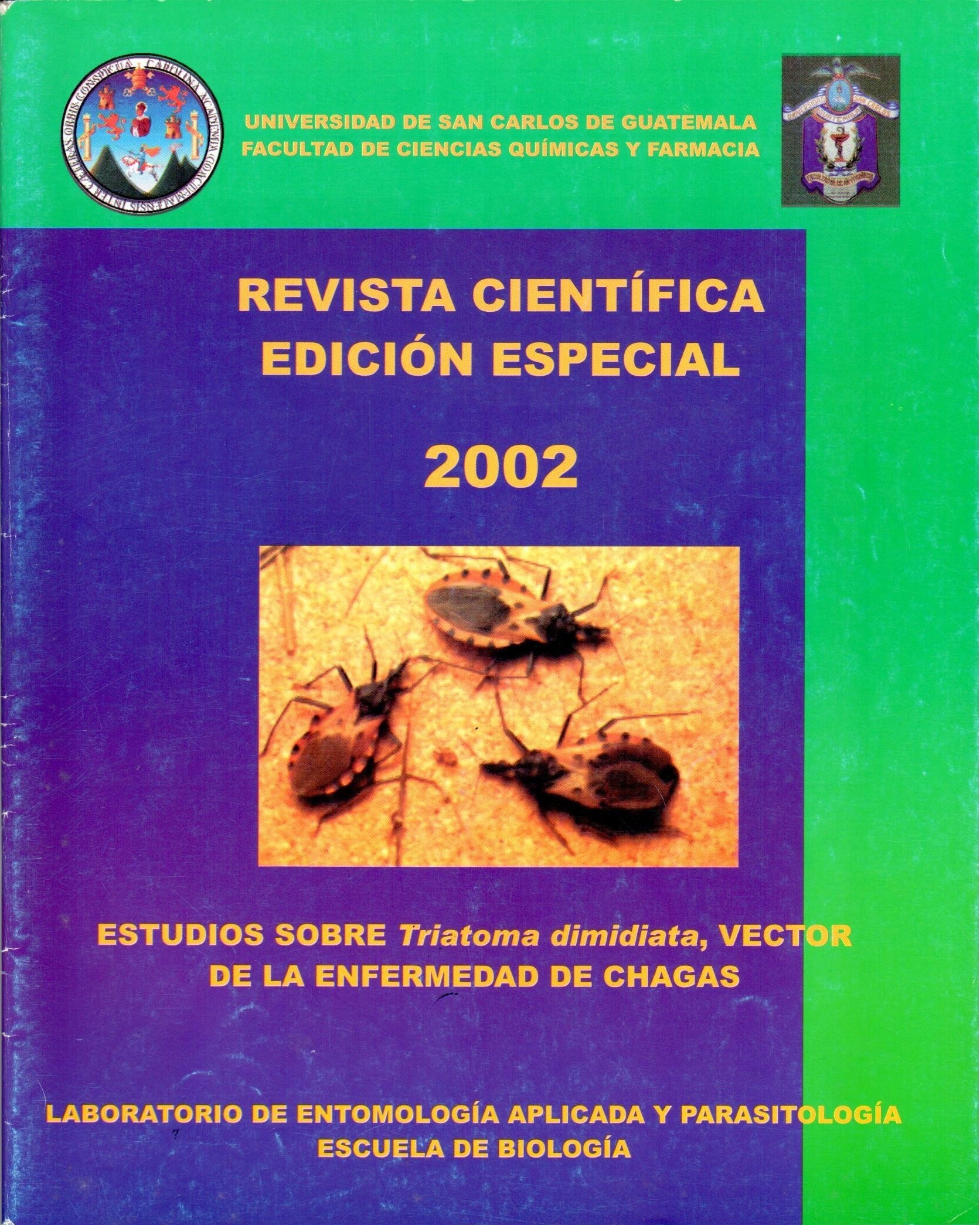Presentation
DOI:
https://doi.org/10.54495/Rev.Cientifica.EdicionEspecial2002.245Keywords:
presentationAbstract
It is a pleasure for the Laboratory of Applied Entomology and Parasitology to be able to present the results of some research that has been carried out in recent years on the vector of Chagas disease, the Triatoma dimidiata beaked bug. The main objective of these investigations has been to elucidate the population structure of the vector in order to propose better control strategies. To achieve this goal, morphometry and molecular biology techniques have been combined. These projects have been the fruit of many years of gestation and preparation to form a research laboratory on tropical diseases. The initiative arose in 1978, the year in which the biologist Carlota Monroy established relations with the Japanese International Cooperation Agency (JICA) with the aim of investigating onchocerciasis in Guatemala. At that time, JICA supported studies on Tropical Diseases in Guatemala in the Malaria division of the Ministry of Public Health and Social Assistance. Some years later, in 1981, the John Hall Foundation provided financial support for the first studies on Chagas disease in Guatemala. Later, in the 1990s, the General Research Directorate (DIGI) and the Chemical and Biological Research Institute (IIQB) supported the hiring of personnel to study Chagas disease. Almost ten years later, with the support of chemical biologists Antonieta Rodas and Mildred Mejia, as well as with the help of Japan through JICA, the Laboratory of Applied Entomology and Parasitology of the School of Biology of the University of San Carlos was founded. .
Downloads
References
.
Downloads
Published
How to Cite
Issue
Section
License
Copyright (c) 2022 Hada Alvarado

This work is licensed under a Creative Commons Attribution 4.0 International License.
Authors who publish with this journal agree to the following terms:
- Authors retain copyright and grant the journal right of first publication with the work simultaneously licensed under a Creative Commons Attribution License 4.0 that allows others to share the work with an acknowledgement of the work's authorship and initial publication in this journal.
- Authors are able to enter into separate, additional contractual arrangements for the non-exclusive distribution of the journal's published version of the work (e.g., post it to an institutional repository or publish it in a book), with an acknowledgement of its initial publication in this journal.
- Authors are permitted and encouraged to post their work online (e.g., in institutional repositories or on their website) prior to and during the submission process, as it can lead to productive exchanges, as well as earlier and greater citation of published work.









